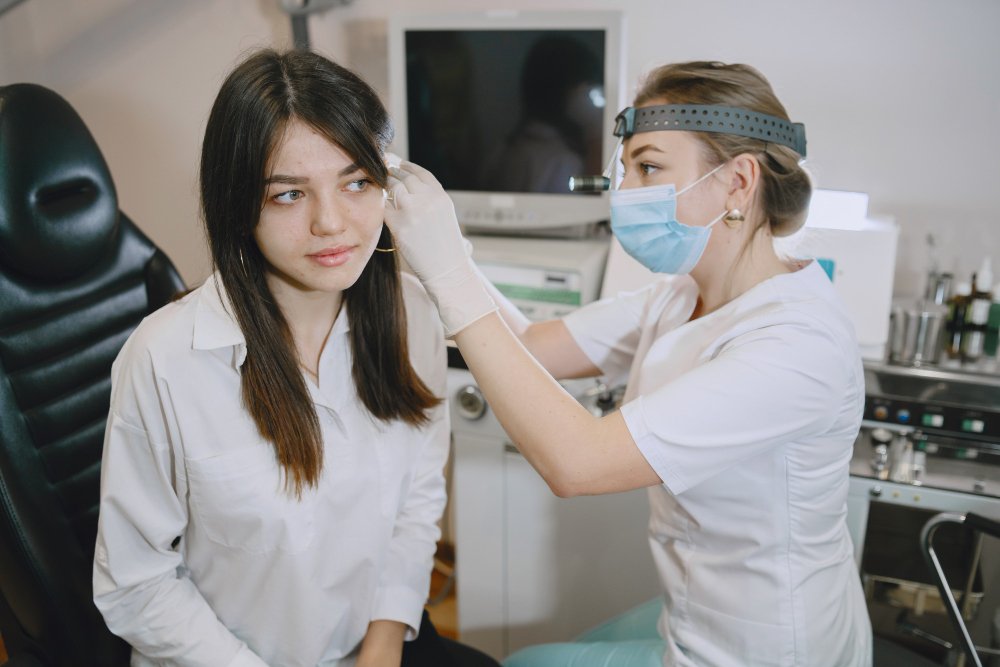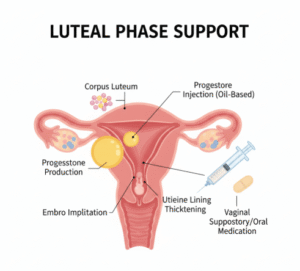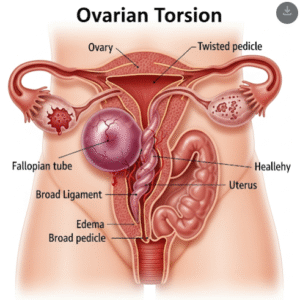Overview
Ear infections are one of the most common health conditions affecting both children and adults. They occur when bacteria, viruses, or fungi infect the ear, leading to inflammation, pain, and sometimes hearing problems. Ear infections are more frequent in children due to their smaller and less developed ear structures, but adults can also suffer from recurrent or chronic cases.
In Korea, ear infections are managed effectively thanks to the country’s advanced ear, nose, and throat (ENT) medical facilities and highly skilled specialists. South Korea is internationally recognized for its cutting-edge technology in otolaryngology (ENT medicine), offering advanced diagnostics, minimally invasive procedures, and surgical solutions when necessary.
What is an Ear Infection?
An ear infection, medically known as otitis, refers to inflammation or infection in different parts of the ear. Types include:
- Otitis Media (Middle Ear Infection) – Most common type, often seen in children. Caused by fluid buildup behind the eardrum.
- Otitis Externa (Outer Ear Infection or “Swimmer’s Ear”) – Infection of the ear canal, usually due to water exposure, injury, or fungal growth.
- Inner Ear Infection (Labyrinthitis or Vestibular Neuritis) – Affects balance and hearing, often linked to viral infections.
These infections may be short-term (acute) or long-lasting (chronic), and treatment depends on the type and severity.
Symptoms
Ear infections may cause different symptoms depending on the part of the ear affected. Common signs include:
- Pain and discomfort in or around the ear
- Fluid drainage (clear, yellow, or bloody) from the ear canal
- Hearing problems or muffled hearing
- Pressure or fullness inside the ear
- Fever and irritability (especially in children)
- Difficulty sleeping due to pain
- Loss of balance, dizziness, or vertigo (common in inner ear infections)
In babies and toddlers, symptoms may include crying, ear tugging, difficulty feeding, or unusual fussiness.
Causes
Ear infections develop when germs enter the ear and multiply. Common causes include:
- Bacterial infections – such as Streptococcus pneumoniae or Haemophilus influenzae
- Viral infections – often following a cold, flu, or respiratory illness
- Allergies – causing inflammation and fluid buildup in the middle ear
- Blocked Eustachian tubes – leading to poor fluid drainage in the middle ear
- Excess moisture – from swimming or bathing, which encourages bacterial/fungal growth
- Ear injuries – from cotton swabs, earplugs, or hearing aids
Risk Factors
Certain conditions or habits increase the likelihood of developing ear infections:
- Children under 5 years old – due to immature immune systems and smaller Eustachian tubes
- Seasonal allergies or frequent colds
- Exposure to secondhand smoke
- Bottle-feeding in lying-down position (in infants)
- Frequent swimming (increases risk of swimmer’s ear)
- Weakened immune system (from chronic illnesses or medications)
Complications
While many ear infections resolve on their own, untreated or recurrent infections can lead to:
- Hearing loss – temporary or, in rare cases, permanent
- Chronic otitis media – repeated or long-term infections
- Perforated eardrum – rupture due to pressure buildup
- Mastoiditis – infection of the bone behind the ear
- Balance disorders – caused by inner ear damage
- Speech or developmental delays – in children with untreated hearing problems
Prevention
Korea emphasizes prevention through education and regular medical checkups. Preventive measures include:
- Keeping ears dry and clean after swimming or bathing
- Avoiding insertion of objects (like cotton swabs) into the ear canal
- Treating allergies and colds promptly
- Ensuring children receive recommended vaccinations (pneumococcal, flu, Hib)
- Breastfeeding infants (provides immune protection against infections)
- Practicing good hand hygiene to prevent respiratory infections that may spread to the ears
Treatment Options in Korea
South Korea provides excellent medical care for ear infections, from mild cases to advanced complications.
- Diagnosis
- Otoscopy – ENT doctors examine the eardrum and ear canal
- Tympanometry – measures fluid and pressure in the middle ear
- Hearing tests – to assess hearing loss
- CT or MRI scans – for chronic or complicated cases
- Medical Treatment
- Pain relievers (acetaminophen, ibuprofen) for discomfort
- Antibiotics for bacterial infections (only if necessary)
- Antifungal or antibiotic ear drops for outer ear infections
- Decongestants or antihistamines if related to allergies or nasal congestion
- Advanced Care
- Ear tubes (tympanostomy tubes) – placed surgically in children with recurrent infections to drain fluid and prevent future infections
- Myringotomy – a minor surgery where a small incision is made in the eardrum to relieve pressure
- Endoscopic ear surgery – minimally invasive procedures available in major Korean hospitals
- Rehabilitation
- Hearing aids for patients with long-term hearing loss
- Speech therapy for children with developmental delays due to chronic ear infections













